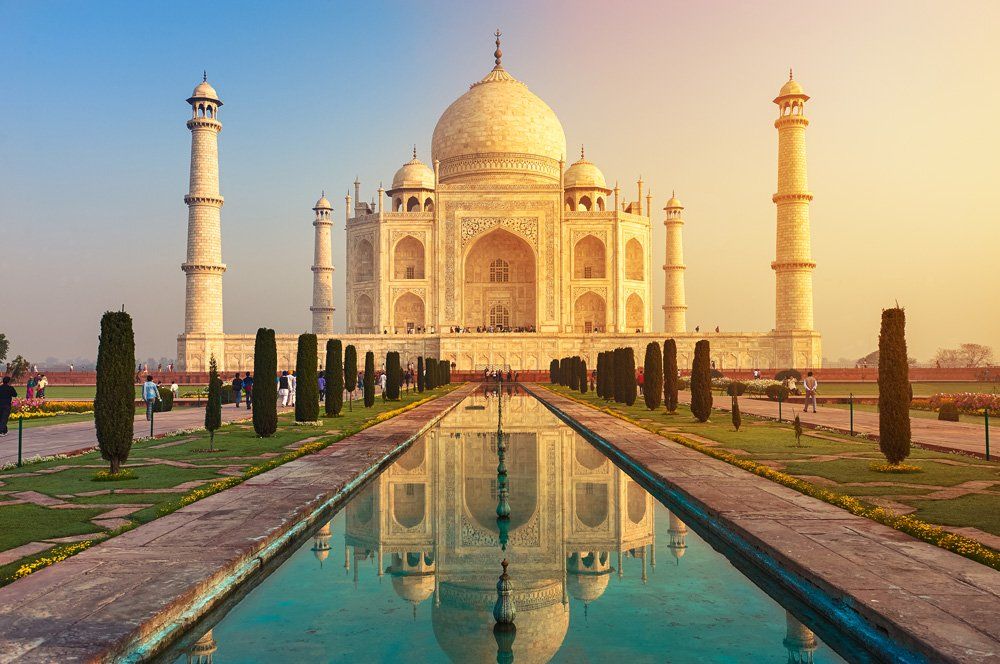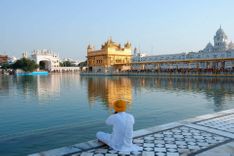Discover Fatehpur Sikri
The ghost city of Fatehpur Sikri, the former imperial capital of the great Mughal emperor Akbar, straddles the crest of a rocky ridge on the Agra–Jaipur highway. The reasons for the city’s abandonment remain enigmatic. The more likely explanation is that the city was simply the victim of the vagaries of the empire’s day-to-day military contingencies.
Shortly after the new capital was established, the empire was threatened by troubles in Punjab, and Akbar moved to the more strategically situated Lahore to deal with them.
These military preoccupations kept Akbar at Lahore for over a decade, and at the end of this period, he decided, apparently for no particular reason, to return to Agra rather than Fatehpur Sikri. You, on the other hand, might decide to do the opposite: an increasing number of tourists are using Fatehpur Sikri as a base and travelling into Agra on a day trip.
From Dehli's bustling dusty streets to 'the pink city' of Jaipur and Agra's Taj Mahal, this tailor-made trip from the Ganges to the Golden Triangle ensures you experience all of India's Golden Triangle highlights. You'll visit sacred Varanasi on the banks of the Ganges and Khajuraho's famous temples too.
Marvel at Jaipur's architecture
You might want to spend 2 days in a flamboyant showcase of Rajasthani architecture. Jaipur has long been established on tourist itineraries as the third corner of India’s “Golden Triangle”, along with Agra and Delhi. At the heart of Jaipur lies the Pink City, the old walled quarter, whose bazaars rank among the most vibrant in Asia, renowned for their textiles, jewellery and Rajasthani handicrafts.
Wander around the centre to stumble across historical highlights such as Hawa Mahal and the impressive City Palace. Jaipur is well known for traditional crafts and designs, so it’s the place to shop for fabrics and presents to take home.
On the second day of your visit to Jaipur, venture into the leafier and less hectic area south of the Pink City. This area is home to the Ram Niwas Gardens and Central Museum. The city’s outskirts are dotted with a string of intriguing relics of royal rule, most notably Nahargarh Fort, the cenotaphs at Royal Gaitor, and the temples (and monkeys) of Galta.
Additionally, forts, palaces, temples and assorted ruins from a thousand years of Kachchwaha history adorn the hills and valleys near Jaipur. The superb palace at Amber provides the most obvious destination for a day trip, easily combined with a visit to the impressive fort of Jaigarh.

















